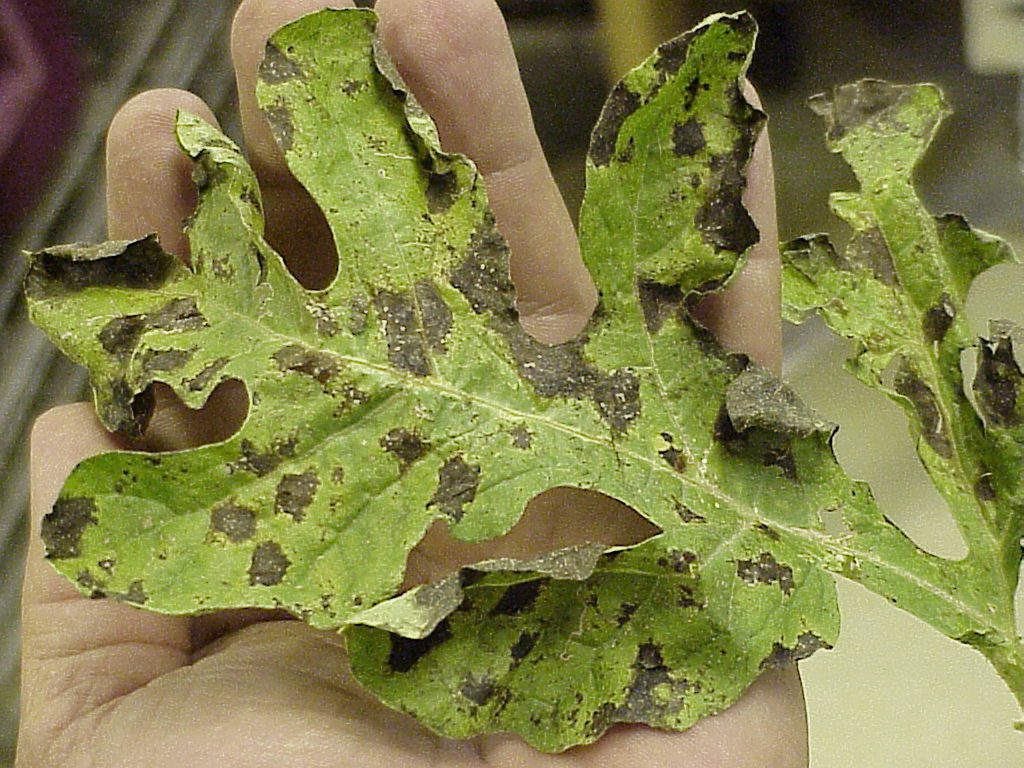
Fungicide resistance remains a concern for Florida vegetable farmers trying to manage downy mildew disease.
Scientists like Gary Vallad, a Professor of Plant Pathology at the University of Florida/IFAS Gulf Coast Research and Education Center, implore producers not to be too reliant on one specific fungicide. It can lead to resistance issues.
“Orondis is one that is kind of the industry standard. It’s probably the most effective product available. But it also is in that category of being high risk for resistance,” Vallad said.
“What we’re trying to do here is show growers there are a number of other products that are very effective and would be very good to rotate them in with your Orondis program. What we want to do is make sure the industry is not just relying on Orondis that they are utilizing these other tools they have in the toolbox as well.”
Consequences of Misdiagnosis
Vallad also cautions growers about the consequences of misdiagnosing downy mildew.
“The symptoms can vary based on the cucurbit host itself. Symptoms on cucumber are very classic, but if you get some of the other cucurbit species, the symptoms can vary. A great example is there were some watermelon samples that came in the lab where folks thought it was gummy stem blight and it actually was downy mildew,” Vallad added.
“If you’re not careful, you can misdiagnose. The bad thing is, a lot of things we use for gummy stem blight, fungicides for that management, are not going to work very well on downy mildew, and vice versa. Like all diseases, getting a proper diagnosis is very critical to properly managing it.”
Downy Mildew Background
Downy mildew disease can destroy plant foliage and cause the leaves to curl and die. Without healthy leaves and vines, a plant is vulnerable to blisters and sunscald during hot days. The pathogen thrives in wet, humid conditions and needs moisture on the surface of the plant for successful spore germination and further infection.
“It is an extremely aggressive pathogen, especially under the growing conditions in Florida. A big reason why we have so many big issues here in Florida is because of our environmental conditions. Most of our varieties don’t have any type of resistance to it, which means we’re highly reliant on fungicides for management,” Vallad said.
“We’re sub-tropical so we always have warm weather. Our relative humidity is really high. Of course, it’s Florida so we get lots of rainfall as well. These are very ideal conditions for this fungus.”
The disease is favored by a temperature range of between 41 degrees F and 86 degrees F; relative humidity greater than 90%; period of near-saturated relative humidity for sporangia formation, which includes heavy morning dew, foggy mornings and rain. Spores are easily dispersed by wind and rain.









